Alberto “Al” Justiniano is one of the founders and artistic director of Teatro del Pueblo. He curates Teatro’s Political Theater series and the Latino/Asian Fusion series with Pangea World Theater. He has been active as a director, playwright, screenwriter, and independent producer for both film and theater. Milta Ortiz is a Salvadoran American playwright who moonlights as poet, performer, and writer. She is associate artistic director at Borderlands Theater. She earned an MFA from Northwestern University and a BA from San Francisco State University. Milta and Al produce work that engages their Latine communities and provides them with avenues to reflect on social justice issues. Both artists have worked at finding the balance between leading organizations and prioritizing their art. Their conversation is a testament to the power of community organizing and the importance of broadening our field's definition of professional theatre.
Perspectives from Two Teatros Doing the Work
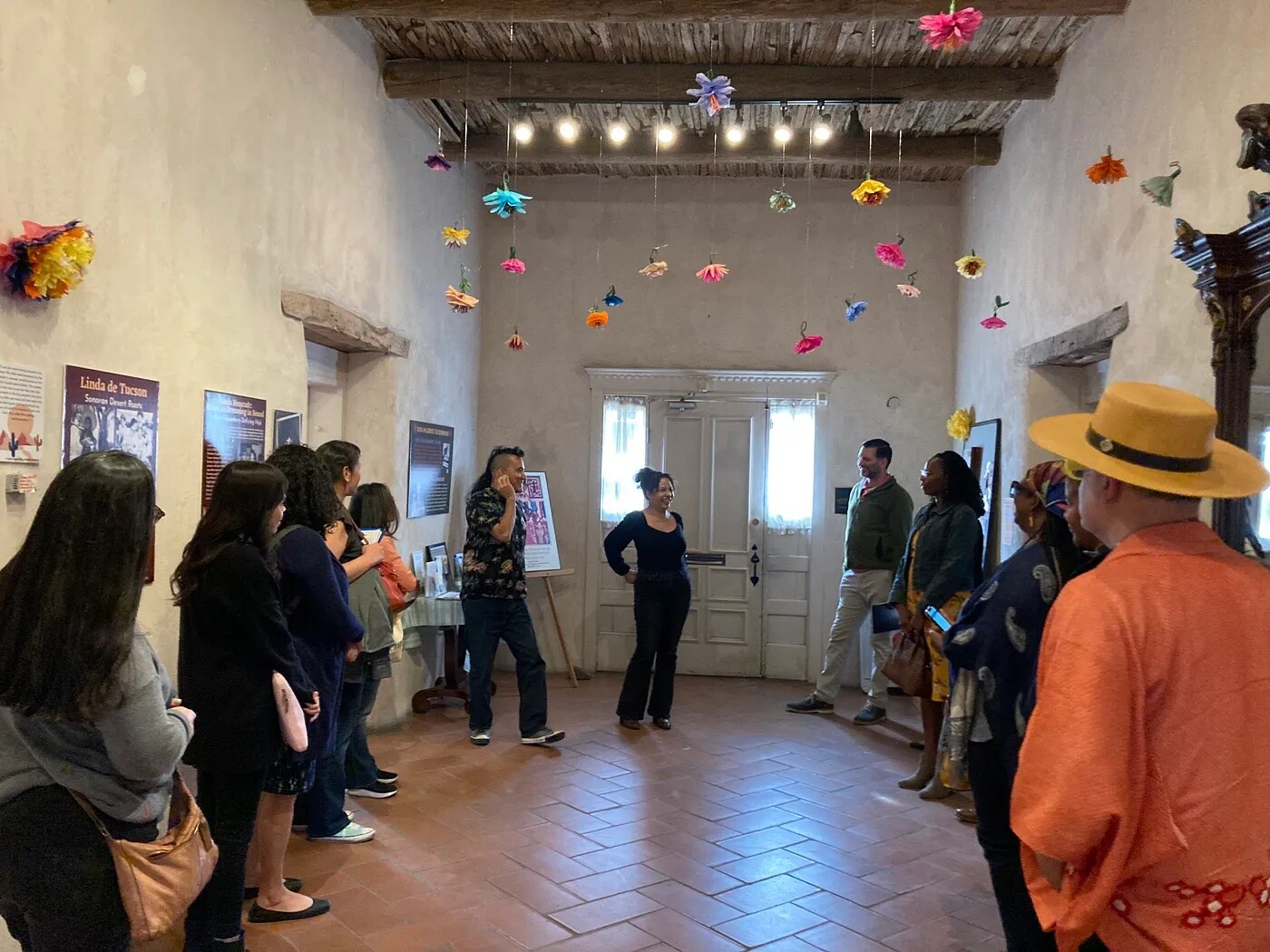
Marc Pinate, Milta Ortiz, and the cohort of Tucson Immersion, ASU Herberger Institute for Design and the Arts. Photo by Christina Park.
Milta Ortiz: Will you tell me about your teatro and how it came to be?
Alberto “Al” Justiniano: I am currently the artistic director at Teatro del Pueblo, a Latin American theatre company in Minnesota’s Twin Cities metro area. I’ve always said, I became an artist because of an opportunity to help two struggling artists. Before we started Teatro, I worked at a research lab after college. Then, I got laid off, so I found myself trying to figure out what to do next. I worked odd jobs for a while. And then one day, I went out with a couple of actor friends—they were Latinos—and they kept complaining about how bad they had it in getting acting gigs. I was like, “Guys, do something about it. Why don’t you start something? Start a theatre.” So, I’m giving them ideas and then after a while they ask, “Okay, can you help us?”
So behold, that’s how the theatre was born thirty-one years ago. In the beginning, I didn’t have a clue what I was doing, but they trusted me. I started writing plays, producing plays, and one thing led to another, and that’s how a math major became an artist.
The theatre started in the West Side neighborhood of the city of Saint Paul. Actually, the neighborhood is on the south side of the city, but it’s the west bank of the Mississippi. Hence, it’s called the West Side. It’s a beautiful community. At the time, it was a mostly Latino and white neighborhood with small pockets of Lebanese and Jewish residents. And then, gradually, it became more diverse.
There was this one instance where I realized that we were actually a theatre. There had been an incident at a local high school. Some kids brought a gun to school. He was showing it to his friend when it went off, injuring his friend in the arm. They both got kicked out of school and the neighborhood was like, “Oh God, this can’t be happening in our community.”
The next day, I sat in on a meeting with a number of community organizers. We went around the table introducing ourselves and someone said, “Theatre? Why are we inviting a theatre to come and be part of this?” Some people were like, “Hey, it could be that the theatre can help. Maybe there is something to this theatre thing.”
Our vision inspires us to create platforms for cross-cultural dialogue in which the arts serve as catalysts for public discourse on issues that affect all our communities.
I talked to a friend, Eva Lopez, who was at the time a PhD student at the University of Minnesota, and she had studied in New York under Augusto Boal. So we started thinking and brainstorming about what we could do. We decided to do a performance using Theatre of the Oppressed techniques. We invited a couple of professional artists to join us, and then we thought that since the culprits in the incident were two kids who were friends, we should use those two kids. They could talk about the stupidity of what they did much better than any of us.
So, we did the play. The actors and the two students were fabulous. The school was really happy. The performance had a positive impact on the students. Television news cameras were everywhere, and we became the shining stars of the neighborhood. I realized the indelible impact we could have on our barrio. From then on, it was engraved in my mind that social justice had to play an important role in our theatre. Our vision inspires us to create platforms for cross-cultural dialogue in which the arts serve as catalysts for public discourse on issues that affect all our communities.
Milta: That’s wonderful. How long after you all banded together did that high school event happen?
Al: It happened like a year, or year and a half, after we started, so that’s about twenty-nine years ago.
Milta: Wow.

Still from Teatro del Pueblo’s production of Swimming While Drowning by Emilio Rodriguez at Penumbra Theatre. Directed by Alberto Justiniano. Photo by Xavier Travers.
Al: Just recently, we produced the play Real Women Have Curves, and one of the actresses in the play had been in our Las Posadas Christmas production some twenty-three years ago when she was about seven years old. Now she’s a thirty-something-year-old actress with us again. It’s exciting to see that growth.
Milta: Yes, it is. We have a similar experience in our work at Borderlands. Sometimes actors begin their careers with us and then go off and do other things and come back.
It sounds like you’re a resource for other organizations that may not have a connection to the Latine community like you do. I’m curious, because you said that you became an artist as you ran this theatre, can you walk me through what a typical day looks like for you now, and how it looked back then?
Al: What happened was that after four or five years, the other two founders, dear friends, eventually left.
Milta: They got better gigs.
Al: Well, life happens. When we started the theatre company, we didn’t have resources—no funding, no donations. We did everything by the seat of our pants. It was exciting, but then life got in the way, and the other two founders moved on. At that point, I felt overwhelmed. I was by myself. That pushed me to do more. I got some part-time help. We got some AmeriCorps volunteers. I started writing grants. It was a lot of work. But eventually, the theatre became my full-time job. It has been like that for over twenty years.
Now, I’m more at ease. I’m doing more creative artwork. At this stage of my life, I try to leave the management to others and focus more on art, writing, and directing, which makes me happy.
Milta: So how do you fill your position?
Al: Yeah, it would be great to leave a vital institution for this community, the state, and the region when I retire. The main thing that I’m trying to focus on now is creating work that will subsidize the theatre for the future, creating avenues for artists to get involved in a more democratic way. When we started, it was the artistic director and everybody else. I’m trying to diversify that, to figure out a way that is more democratic. I am still learning about these things.
Milta: At Borderlands, we’ve been talking a lot about a circle model as opposed to that hierarchical model. We’ve employed more ensemble-based leadership. The more people have buy-in into what they’re doing, the more responsible they are for things, the more they want to do more.
Al: The first time I heard about your organization was in Boston at the 2013 Latinx Theatre Commons National Convening. You should tell me a little bit more about the work you do as an artist. I’m very interested.
It’s essential to feed the organization and to be committed to serving the community, but the community is best served by empowering yourself as an artist.
Milta: Marc Pinate, my partner, and I came into Borderlands Theater as the founder, Barclay Goldsmith, was looking to retire. We wanted to write a docudrama about the banning of Mexican American studies in the Tucson Unified School District. We pitched that to him, and he said, “I’ve been looking for people to take over, and you seem to fit. Would you be interested?” Marc was interested in that. After he was vetted by the board, he shadowed Barclay for a year. We introduced ourselves to the Tucson community the following season with Más, the play that brought us here, which is based on oral histories from the community that fought to save Mexican American Studies in the Tucson Unified School District. They stood up for their humanity, their hope, their ability to thrive—that’s what the classes meant to them. The play was special.
We sold out the run. There were so many young people in the audience, so many college students, which was something that Borderlands didn’t always see. What we added to Borderlands Theater was the hyper-local focus that is of national importance. That play rooted us as the community’s theatre. It paved the way for us to celebrate the history and culture that is here.
We do these Barrio Stories projects that are based on oral histories from each barrio’s experience, the neighborhood’s experience. We share back: this is your history, your heritage, your Mexican American barrio. We started with Tucson’s first Mexican American barrio in the downtown area that is now the Tucson Convention Center (TCC). It was outdoors on the TCC grounds. As a result, we got all kinds of people that normally wouldn’t see theatre to experience the promenade theatrical event. Now on our fourth iteration, people recognize the Barrio Stories brand and say, “Barrio Stories! We have to see that!”
I’m interested in knowing what a season looks like for you.
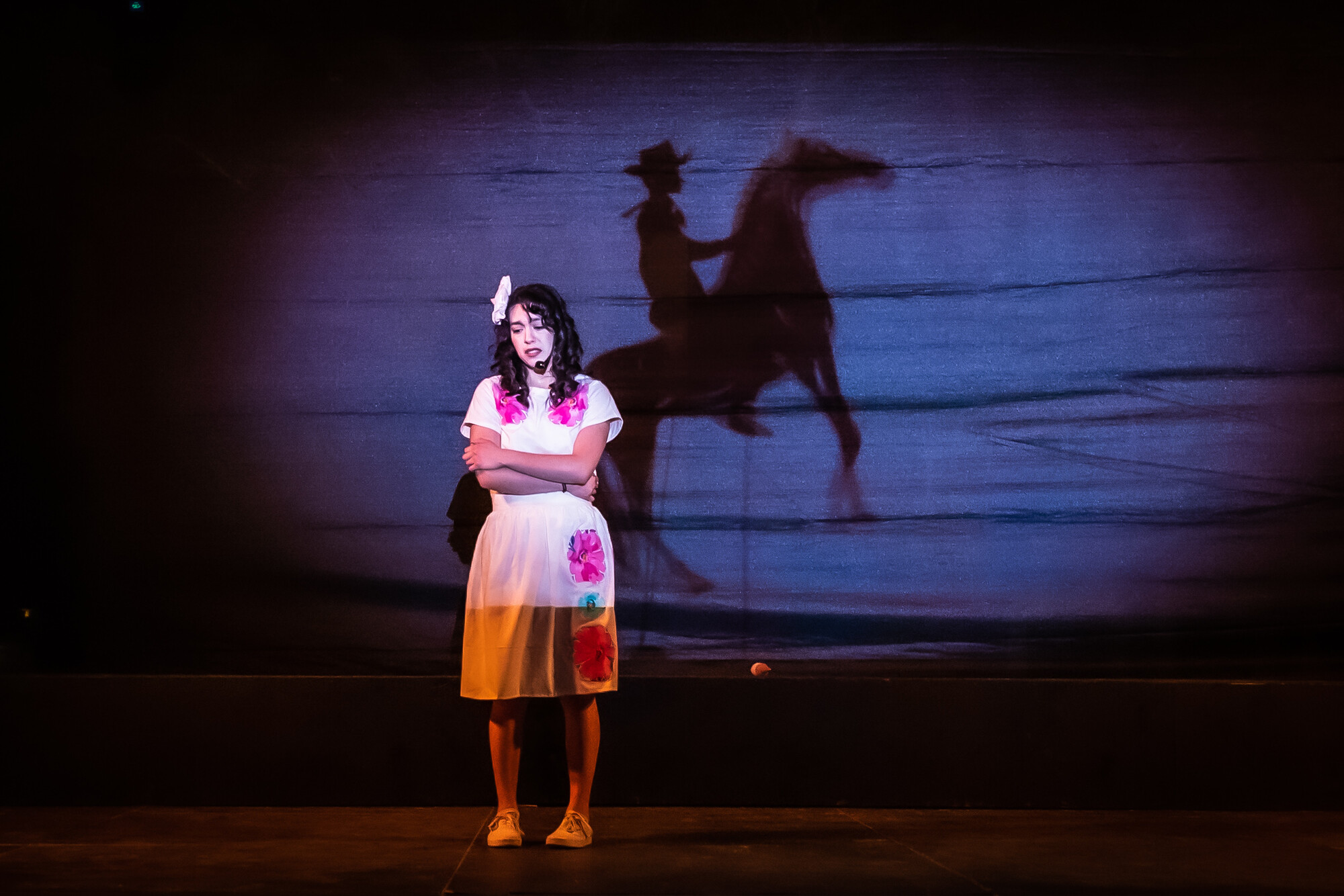
Taylor Hernandez in the Borderlands Theater production of West Side Stories by Veronica Weatherbie with contributions by Marc Pinate, Milta Oritz, Sylvianna Wood, and Patricia Preciado. Edited by Milta Oritz. Directed by Marc David Pinate and Jon Heras. Scenic design by Isobela “Izzy” Georgiades. Costume design by Marc David Pinate. Lighting design by Greg Houston. Video/graphic and AR design by Adam Cooper-Teran. Choreography by Milta Ortiz and Jonathan Heras. Scenic advisor Todd Poelstra. Photo by Kathleen Dreier
Al: Yeah, we’re slowly coming out of COVID-19 pandemic. We used to do three plays a year, because we don’t have our own theatre space. We rent venues, and sometimes that’s a challenge. So we find ourselves collaborating more with like-minded theatres like Pangea World Theater. We’ve worked with them on a project called the Latino Asian Fusion Series, where we commissioned playwrights to write plays that fuse the Latino and Asian theatrical traditions in a hybrid performance piece. It was really interesting stuff. So, we’ve been doing that for about fifteen years now with this company. We are currently working on our podcast, Coco’s Barrio, which has been described as a blend between SNL and old-time radio. It has been gradually growing in popularity. We are also devising a new bilingual adaptation of Romeo and Juliet and developing a new Don Quixote adaptation, in addition to helping playwrights develop new work through our Vision(es) work-in-progress development program.
Milta: In today’s world, it’s necessary to branch out to other mediums like podcasts. That’s a way to keep up.
Al: Most definitely. My graduate degree is an MFA in filmmaking. So, we’re looking at filming and streaming some of our work, even experimenting with cinematic approaches to our work, to see if that allows income to come to Teatro in the future. I’m experimenting a lot these days.
Milta: Yes! I think that we do a lot of that too. One of the wonderful things about being a smaller organization is that you’re nimble.
Al: Yes.
Milta: We’re able to adapt, to experiment, to try things out.
How do you balance your playwriting with your producing and running of the theatre?
Al: Part of my job is to create plays for the organization and direct plays, which I didn’t do that much initially because I was helping others with their work. But now I try to balance these responsibilities, understanding that if the institution is going to grow, you need to continue to grow. That’s one of the things that I always tell people who are in leadership positions. It’s essential to feed the organization and to be committed to serving the community, but the community is best served by empowering yourself as an artist. Otherwise, if you don’t have that spark, you’re not giving the community the best of you.
Milta: Thank you for saying that. I did experience that. When we first were running Borderlands Theater in the traditional model, I didn’t have that much time to write plays. I actually wrote plays, and I don’t know how I did it, but I was losing my mind. It was like I had two jobs, two careers, all while being a mom. Pivoting to an ensemble-based approach cured that because now we can lean on the ensemble to help manage the project and we all work creatively on the projects; it sustains the theatre and our souls. For me that means that I don’t write as much in the traditional model and I’m okay with that. I get to choreograph or work as a script doctor or write collaboratively and perform.
Al: Mm-hmm. Yes.
Sometimes people have the perception that because we work with the community, the budget or the work is not necessarily professional, but for us it’s always professional.
Milta: My partner and I, we’re artists first, and so we have to feed that. If we don’t feed that, we cannot be the best humans leading this organization. We also came to terms with the fact that we put on these amazing Barrio Stories series for people, and we also have to enjoy the process. We have to do it in a sustainable way. I think we inherited this white supremacy way of working where it’s like, “The show must go on.” It has to be perfect, even if it means killing ourselves. And then we realized, “Wait a minute, everybody has to enjoy it, even ourselves.” We hired a project manager who enjoys working on the administrative side for a theatre company.
So, I hear you about making mistakes. I’ve made them, and I thank God I’ve grown from them and I’m in a place where I’m very happy and I see abundance.
My definition of success has changed. It used to be, “As a playwright, you have to be in New York or in Chicago or in Los Angeles.” But I’m really happy with what I do and the service that I provide for my community, and I’m doing what I love to do. So that, to me, is success. The only thing that I would change is figuring out a way to make more money. We pay ourselves well, and now we want to make sure that is always the case. That it’s solid for x amount of money as opposed to project-based work. We’re working on it. I think everybody else needs to pay us well too. Theatre professionals need to be paid the way professionals in other industries are paid.
Al: It’s a mentality here in the United States. People will only pay for the spectacles that are made in major houses. That’s our job, to make sure they understand the value of our work.
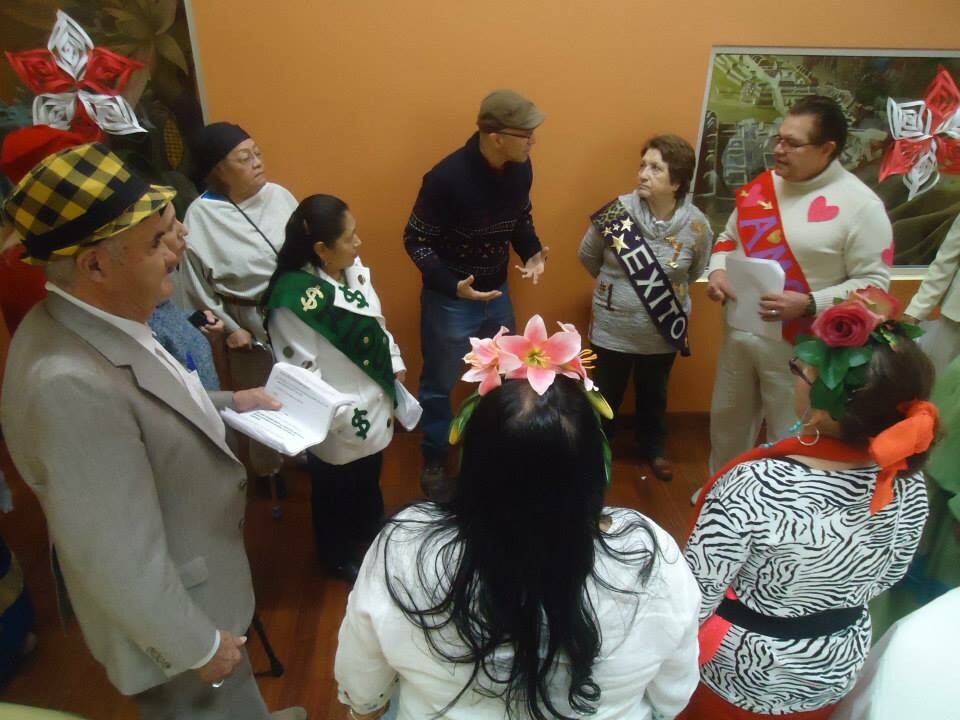
Alberto Justiniano directing the Centro Tyrone Guzman Senior Ensemble. Photo by Maria Isabel Gonzalez.
Milta: Yes, that’s part of it. All theaters need more funding, especially your local teatro/small sized but mighty professional theaters. The Barrio Stories projects cost at least $100,000 and more to produce. The money is spent locally—mainly, if not all, to local artists and community. Sometimes people have the perception that because we work with the community, the budget or the work is not necessarily professional, but for us it’s always professional. We are professional artists who work with other professional artists and the community. We pay people what is fair, and—dare I say—in our community we pay people well. We also strive to make theatre accessible. The Barrio Stories series are pay what you will events. So far, we have made the money we need to make doing it that way.
The city of Tucson respects our work. A funder approached Tucson Parks and Recreation to put on an event like the Barrio Stories series that we’re known for, and they referred them to us to produce it. We were like, “Great! This is how much it’s going to cost.” It was important to the funder and to us, and they paid what it cost. The production ran for two weekends.
Al: That’s great.
Milta: I think that needs to happen more. Those funders exist. I think it’s about matching Black, Indigenous, people of color (BIPOC) theatres up to those funders because typically we don’t have access to those funders.
Al: Yes, I can’t agree more. We need to find ways to engage these funders in conversation on the inequities in philanthropy.
Milta: It’s about legitimizing the work that smaller theatres in other markets, or smaller markets do. Our work is at a professional level. I know that that possibly means less money for the large theatres and big markets, so it’s complicated, but worth looking at. How do we share the wealth?
Al: Yeah. These are all very powerful themes you’ve touched on. There is lot more that needs to happen.
Well, Milta, it’s a pleasure to meet you, and who knows, someday, maybe we can collaborate. I really appreciate this time of being able to get to know you. Thank you so much.
Milta: Yes. I really appreciate it also. You really fed my soul. Thank you for that.

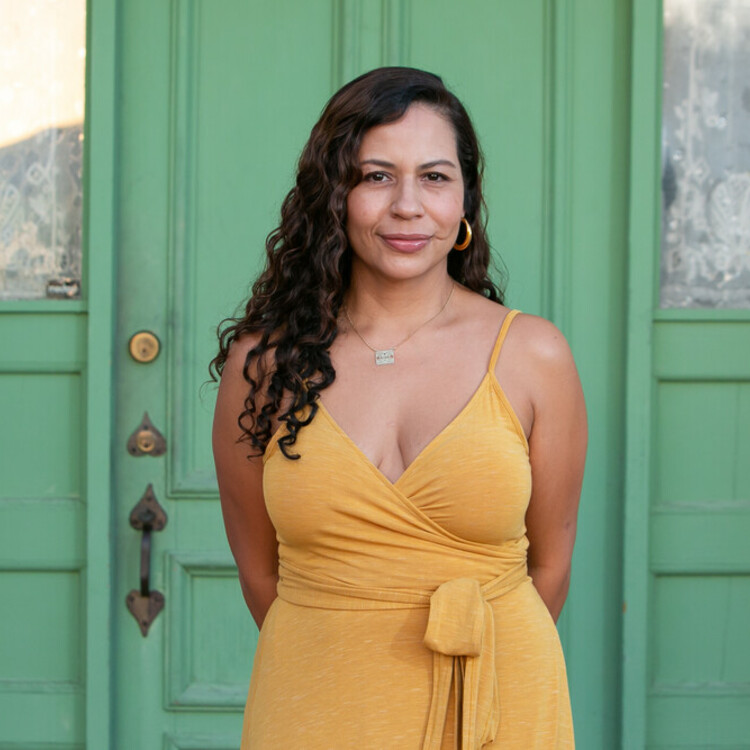
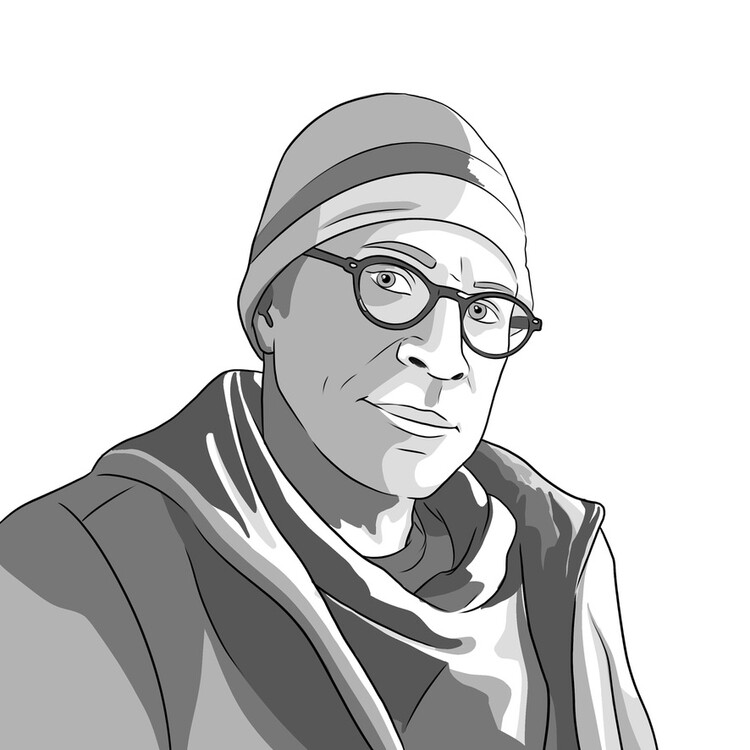


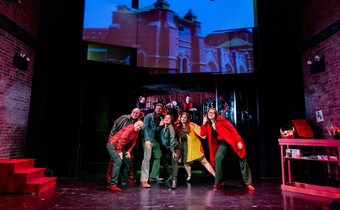


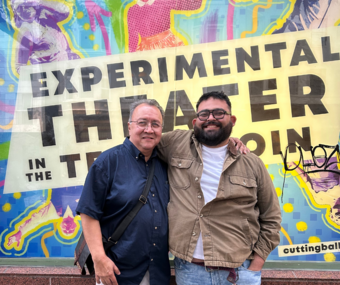





Comments
The article is just the start of the conversation—we want to know what you think about this subject, too! HowlRound is a space for knowledge-sharing, and we welcome spirited, thoughtful, and on-topic dialogue. Find our full comments policy here